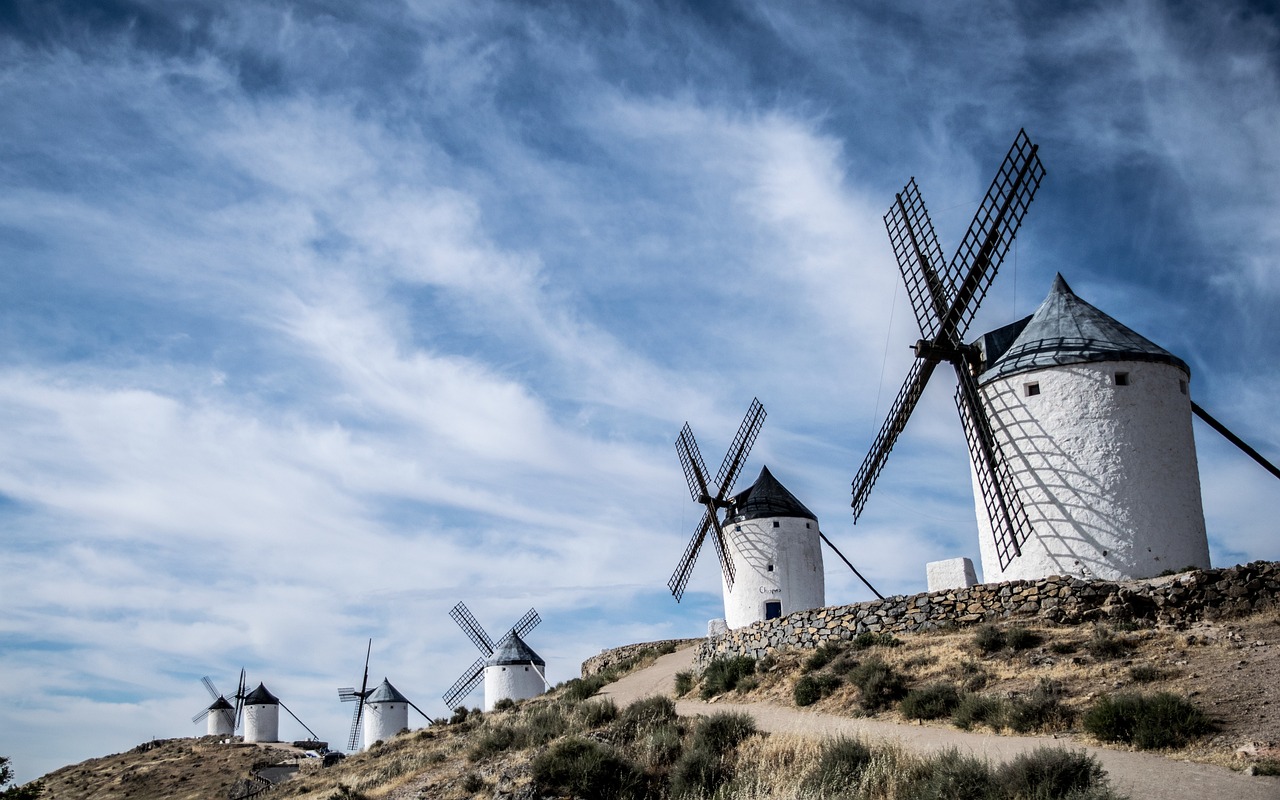
12 Jul 10 fun facts about Spain most travellers don’t know
Spain is one of the most popular tourist destinations in all of Europe.
Spain is a country renowned for its beaches and sunny climes, but also for its rich history, diverse landscapes, majestic mountains, world-famous cuisine, fascinating museums and striking architecture.
But did you know that Spain is also a land brimming with irresistibly interesting trivia? Here are 10 fun facts about Spain that will allow you to delve deeper into this captivating country.
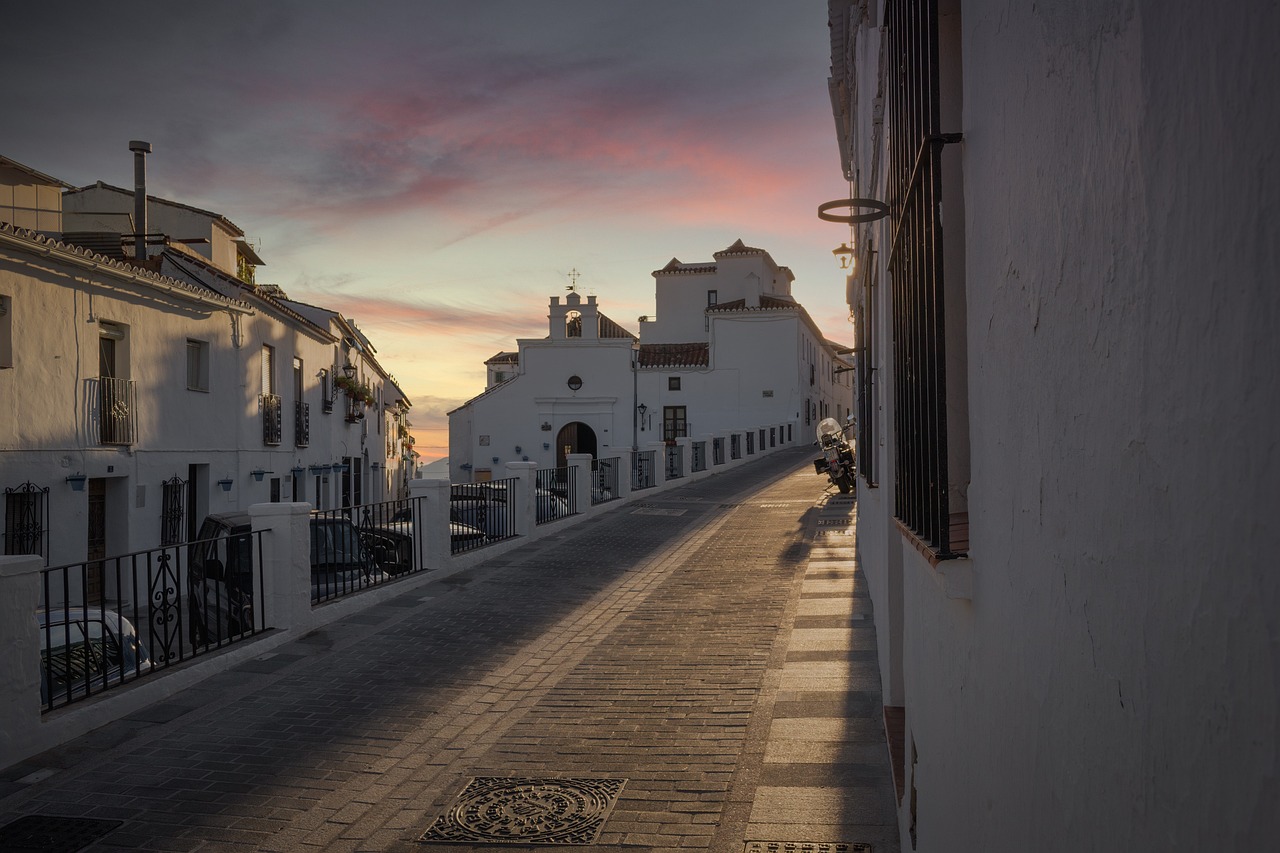
Spain is the country with the most bars and restaurants per person in the world.
One for every 175 inhabitants, totaling 277,539 gastronomic establishments across the country. Andalucia alone has as many bars – which include pubs and cafés – as Ireland, Denmark, Finland and Norway combined.
Spain is also home to the oldest restaurant in the world. According to the Guinness Book of Records, Casa Botín, founded in 1725, is the oldest restaurant in the world and a benchmark of Madrid’s best traditional cuisine.
What’s more, Spain is brimming with Michelin-star restaurants, currently home to a whopping 248 Michelin-starred eateries and ranked 5th world-wide as the country with the most Michelin star establishments.
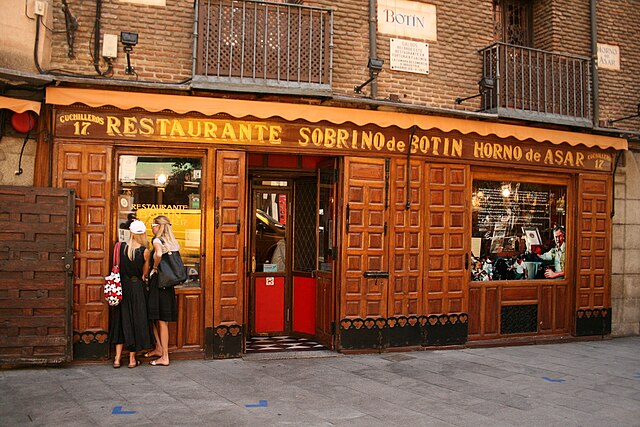
Spain has the fourth highest number of World Heritage Sites in the world.
Spain has a compelling mix of culture as well as a diverse range of stunning natural landscapes seeing 49 incredible UNESCO sites within its borders! Of these 49 sites, 43 are cultural, four are natural, and two are mixed (meeting both cultural and natural criteria). There are UNESCO sites dotted all over the country, from the fortress town and hanging houses of Cuenca, to the world-famous Alhambra, and you shouldn’t miss them off of your Spain itinerary.
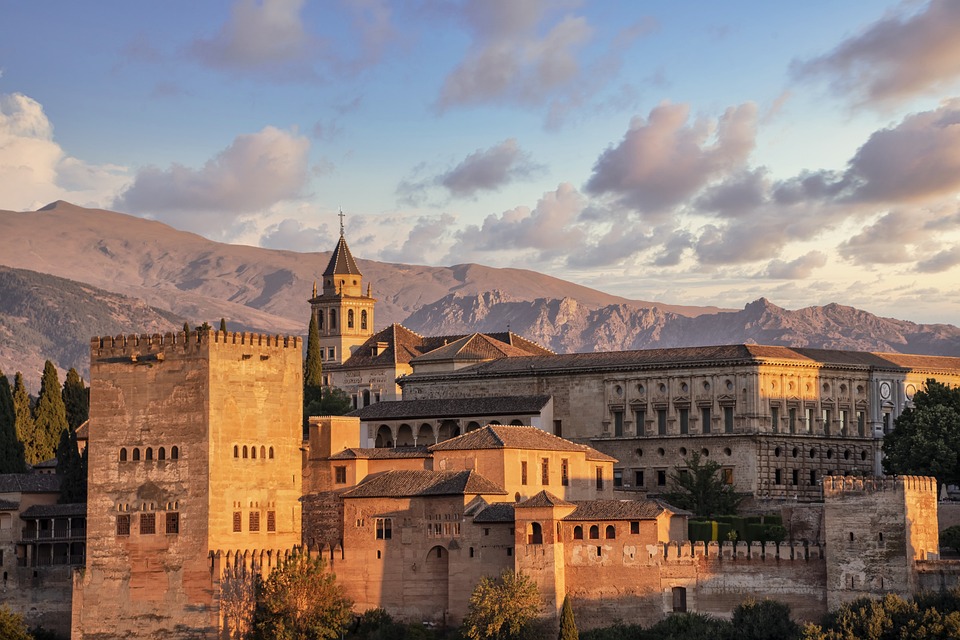
Spain is home to Europe’s only desert.
The Tabernas Desert, within Spain’s south-eastern province of Almería inspired Hollywood spaghetti westerns, many of which were filmed in the area thanks to its resemblance to the American Wild West. This desert in southern Spain occupies an area of 280 square kilometres and has a height above sea level between 260 and 952 metres. It is located between the municipalities of Tabernas, Gádor, Santa Cruz de Marchena, Alboloduy and Gérgal and registers less than 250 mm3 of rainfall per year.
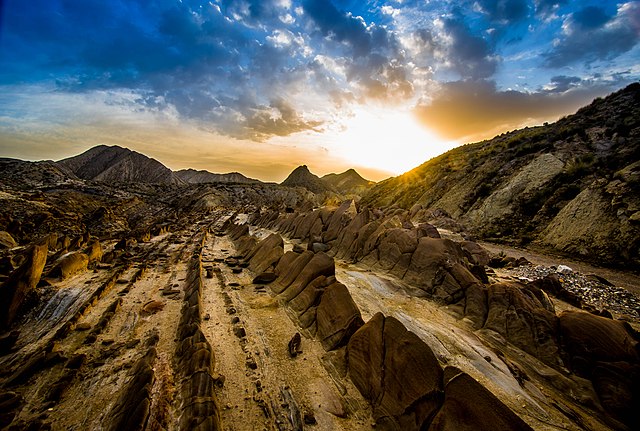
Spaniards never sleep…almost!
The average Spaniard sleeps almost an hour less than the World Health Organization recommends. In fact, studies show that Spaniards sleep about 53 minutes less than the European average. Spain is a country where dinner is around 9:00 p.m. and bedtime is between 10pm. and midnight. Something to keep in mind when eating out in Spain as most restaurants don’t open until around 8pm.
First time visitors to Spain will no doubt feel out of sync with the Spanish daily time-table, as if there is a two-hour lag in Spain compared with the rest of Europe. Shops usually open at 10 am, close for lunch (2 pm to 5 pm), reopen at 5 pm and close at 9 pm. The best way to cope with this is to readjust your clock by 2 hours, and of course, try a siesta!

Asturias is the only region in Spain the Moors didn’t conquer during their 800-year reign.
Asturias became the cradle of the Reconquista and was the first Christian kingdom of this European peninsula where many traces remain of that ancient kingdom. The most prominent among which is Asturian Art, also known as Pre-Romanesque Art—an architectural style considered the region’s most distinguishing artistic features—declared World Heritage by UNESCO.
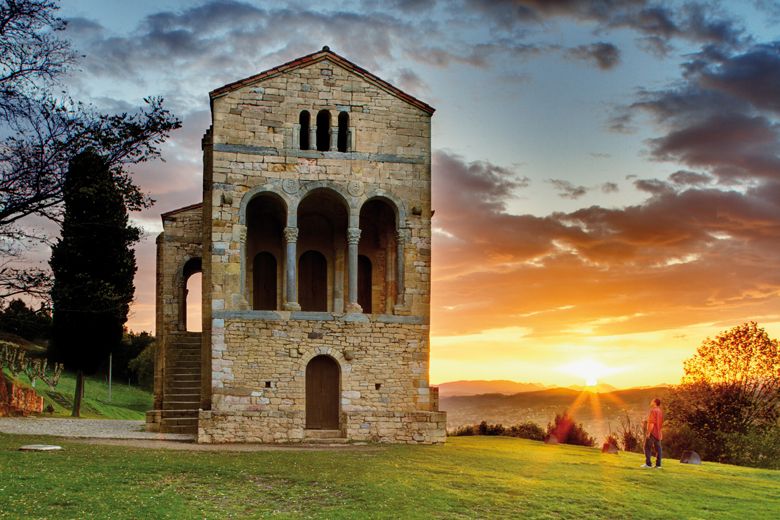
Cantabria is known to be the richest region in the world for archeological sites from the Upper Paleolithic period.
The iconic caves of Altamira, famous for its magnificent prehistoric paintings and engravings, date from around 16,000 to 9000 BC and were rediscovered by a hunter in 1868. The cave art, animal bones and flint implements were later discovered in 1875 by Marcelino de Sautuola, a nobleman from Santander.
Unfortunately, the actual caves cannot be currently visited because of conservation reasons and have been sealed off, however, there is a replica of a painted Neolithic cave nearby that can be visited and is just as awe inspiring to look at.
The Cave of Altamira along with nine other Cantabrian caves, have been declared World Heritage Sites by UNESCO.
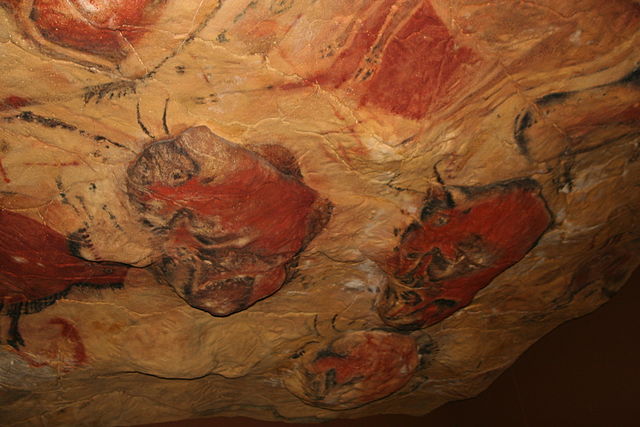
Spain hosts the world’s biggest food fight.
Spaniards know how to party and have a good time (which may not come as a surprise given that Spain holds the European record for being home to the most bars per inhabitant). Every year in Bunol, a small Spanish town close to the city of Valencia, thousands of people cram the town’s streets and hurtle tomatoes at each another for an hour.
The story goes that Spain’s tomato throwing festival originated from a street brawl which broke out near a spilled-over vegetable stand during a sombre procession back in 1945. The first tomato toss marked the start of what is now known as the world’s biggest food fight.
The unique festival is called La Tomatina and is part of a week-long celebration in August in honour of the town’s patron saints, Luis Bertran and the Mare de Déu dels Desemparats (Mother of God of the Defenceless), the Virgin Mary.
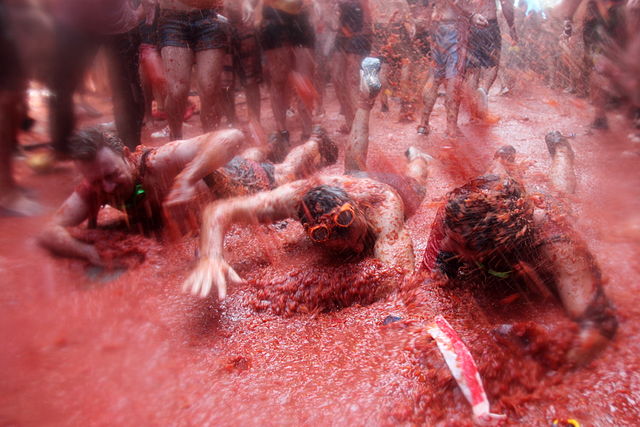
Spain is huge.
With over 500,000 km2 Spain is the second largest country in the European Union. Only France is larger. Additionally, the country boasts more than 8,000 kilometres of coastline and over 8,000 beaches.
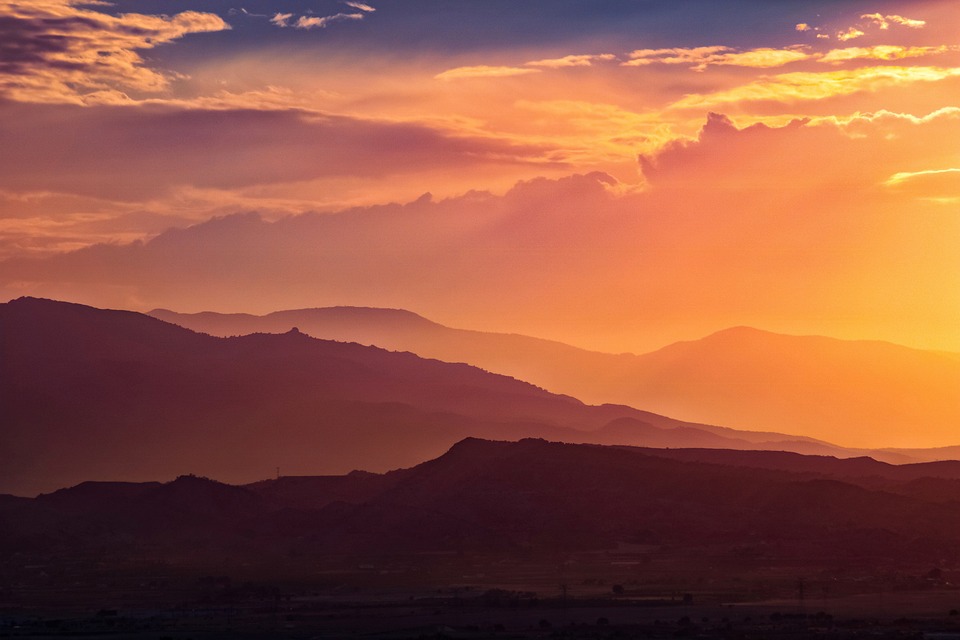
Spain is a paradise for adrenaline junkies.
Spain is renowned for its variety of terrains, from coasts to mountains, and the range of thrilling activities on offer are endless and broader than just about anywhere in Europe; from Skiing and snowboarding to scuba diving and surfing. Spain is also home to one of the world’s scariest footpaths a thrilling hike in Malaga that crosses a 100-metre-high suspension bridge and boardwalks above a steep gorge which delights thousands of daredevil tourists every year.
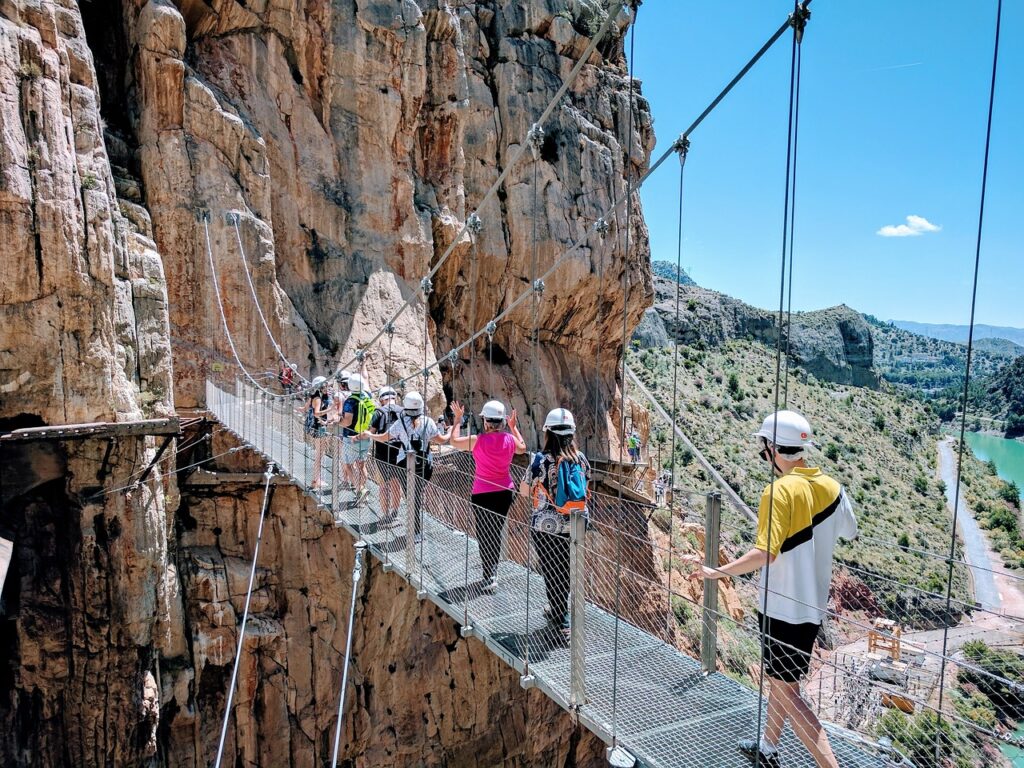
Spain is very safe to visit.
Spain ranks as one of the top 10% of the safest countries in the world, with a relatively low crime rate compared to other countries in Europe and around the world. In fact, Spain is one of Europe’s safest countries for tourists.
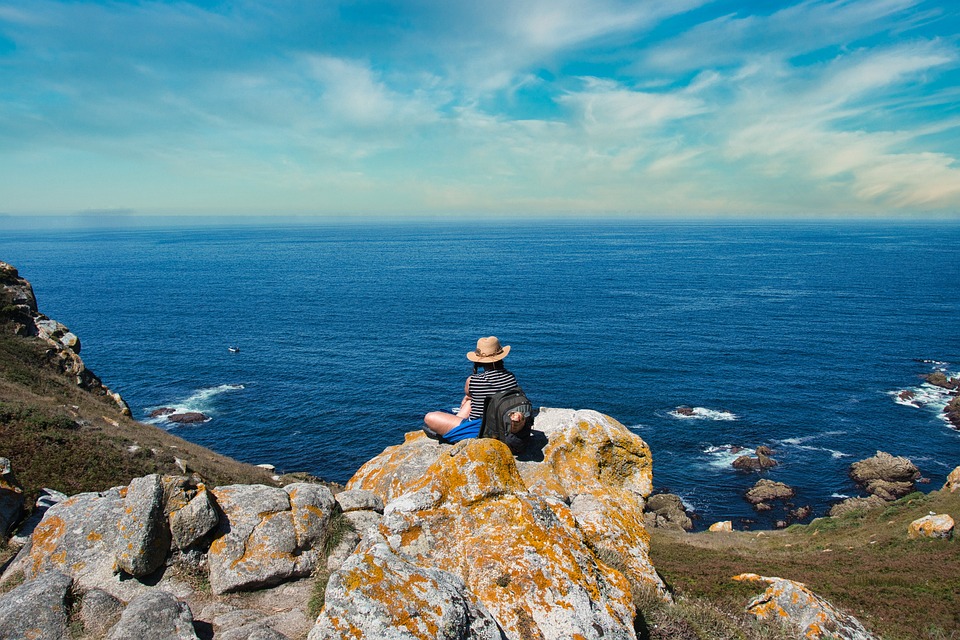
For those looking to relax on sun-kissed beaches, explore historic corners, revel in exquisite cuisine, experience a vibrant nightlife or seek an adrenaline rush , Spain has it all… and these fun facts serve to showcase what a unique and fascinating country Spain is, with a lot to offer to people from all walks of life.
We invite you to experience these fascinating fun facts about Spain firsthand.


